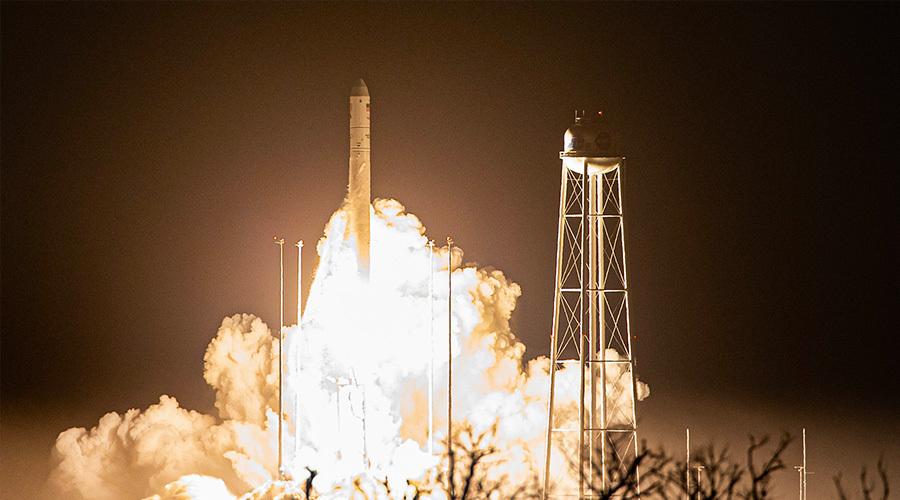 It is called ZePrion and it successfully took off with the NG-19 robotic resupply space mission from the Wallops Island base in Virginia (USA) on 2 August towards the International Space Station. Here, it will operate to check the validity of the operating mechanism of an innovative protocol for developing new drugs. The result of an international collaboration that involves various academic institutes and the Israeli company SpacePharma, the experiment involves an essential contribution from Italy through the University of Milano-Bicocca, the University of Trento, the Telethon Foundation, INFN, and the National Research Council Institute of Agricultural Biology and Biotechnology (CNR-IBBA).
It is called ZePrion and it successfully took off with the NG-19 robotic resupply space mission from the Wallops Island base in Virginia (USA) on 2 August towards the International Space Station. Here, it will operate to check the validity of the operating mechanism of an innovative protocol for developing new drugs. The result of an international collaboration that involves various academic institutes and the Israeli company SpacePharma, the experiment involves an essential contribution from Italy through the University of Milano-Bicocca, the University of Trento, the Telethon Foundation, INFN, and the National Research Council Institute of Agricultural Biology and Biotechnology (CNR-IBBA).
Using the microgravity conditions present in orbit, ZePrion will seek to verify the possibility of inducing the destruction of specific proteins in the cell, interfering with their natural folding mechanism (protein folding). The success of the ZePrion experiment would provide a possible method for confirming the molecular mechanism at the basis of a new pharmacological research technology called Pharmacological Protein Inactivation by Folding Intermediate Targeting (PPI-FIT), developed by researchers of the Milano-Bicocca and Trento Universities, and INFN. The PPI-FIT approach is based on identifying small molecules (called ligands) able to bind the protein that constitutes the pharmacological target during its spontaneous folding process so that it does not achieve its final form. The ability to block the folding of specific proteins involved in disease processes would in fact pave the way to developing new treatments for diseases that are currently incurable. Until now, the possibility of obtaining a high-resolution image of the link between the small therapeutic molecules and the intermediate forms of the target proteins (those that are manifest during folding), able to confirm, definitively, the interruption of the folding process itself and validate the technology, did not exist. In general, this type of image is obtained by analysing the crystals formed by the ligand-protein complex with a technique called X-ray crystallography. However, in the example of protein intermediaries the necessary experiments cannot be done inside laboratories on Earth, since gravity generates effects that interfere with the formation of crystals of corpuscles composed of a ligand and protein, when this has not achieved its definitive form. This has pushed researchers of the ZePrion collaboration to use the microgravity conditions that the International Space Station offers. There exists, in fact, clear evidence that the microgravity present in orbit provides the ideal conditions for creating protein crystals, but no experiment has yet tried to generate crystals of protein-ligand complexes, in which the protein is not in its definitive state. This is exactly what the ZePrion experiment proposes to do, working specifically on the prion protein, which became infamous in the news during the 1990s during the “mad cow disease” crisis. This disease is caused by an altered form of the prion protein involved in serious neurodegenerative diseases such as Creutzfeld-Jakob disease or fatal familial insomnia. In orbit, it will be possible to generate crystals formed from complexes between a small molecule and an intermediate form of the prion protein, which in conditions of normal gravity would not be stable. These crystals may then be analysed using X-ray radiation produced with particle accelerators to provide a three-dimensional photograph of the complex with atomic resolution detail. ZePrion comprises a genuine biochemical laboratory in miniature (lab-in-a-box) made by SpacePharma, which will operate on board the International Space Station and will be controlled remotely. In addition to the Italian component, the ZePrion collaboration benefits from the participation of scientists of the University of Santiago de Compostela.




